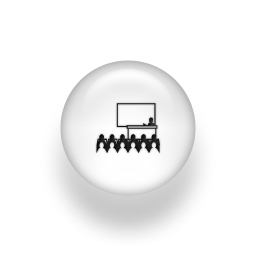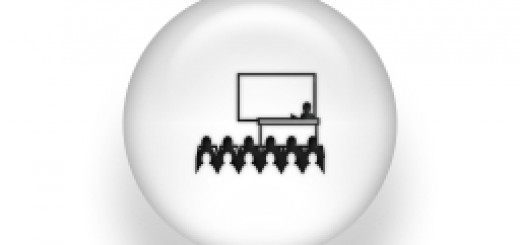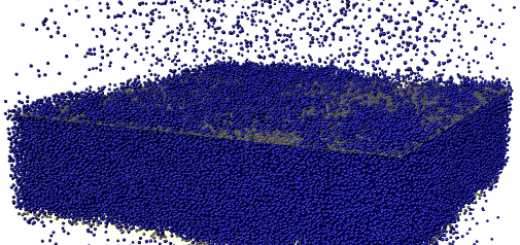Optical Response of Metallic Nanogaps: From Nanoelectronics to Nanoplasmonics
 Wednesday, 12 January 2011, 12:00-13.00
Wednesday, 12 January 2011, 12:00-13.00
Prof. Juan Carlos Cuevas
Departamento de Física Teórica de la Materia Condensada, UAM
ABSTRACT:
Metal nanostructures act as powerful optical antennas because collective modes of the electron fluid in the metal are excited when light strikes the surface of the nanostructure. These excitations, known as plasmons, can have evanescent electromagnetic fields that are orders of magnitude larger than the incident electromagnetic field. The largest field enhancements often occur in nanogaps between plasmonically active nanostructures, but it is extremely challenging to measure the fields in such gaps directly. These enhanced fields have applications in surface-enhanced spectroscopies, nonlinear optics, and nanophotonics.
In this talk I will show how using ideas coming from electronics one can indeed have experimental access to the local electric field in illuminated metallic gaps where the electrodes are separated by a subnanometer distance. In particular, I will show our recent results that demonstrate that when an atomic-scale gold gap is illuminated, the local field in the gap region can be enhanced by more than three orders of magnitude, as compared to the incident field [1]. I will also present theoretical simulations that reveal that these huge field enhancements originate from the excitation of hybrid plasmons involving charge oscillations in both electrodes [2].
[1] D.R. Ward, F. Hüser, F. Pauly, J.C. Cuevas, and D. Natelson, Nature Nanotech. 5, 732 (2010).
[2] A. García-Martín, D.R. Ward, D. Natelson, and J.C. Cuevas, to be published.


















